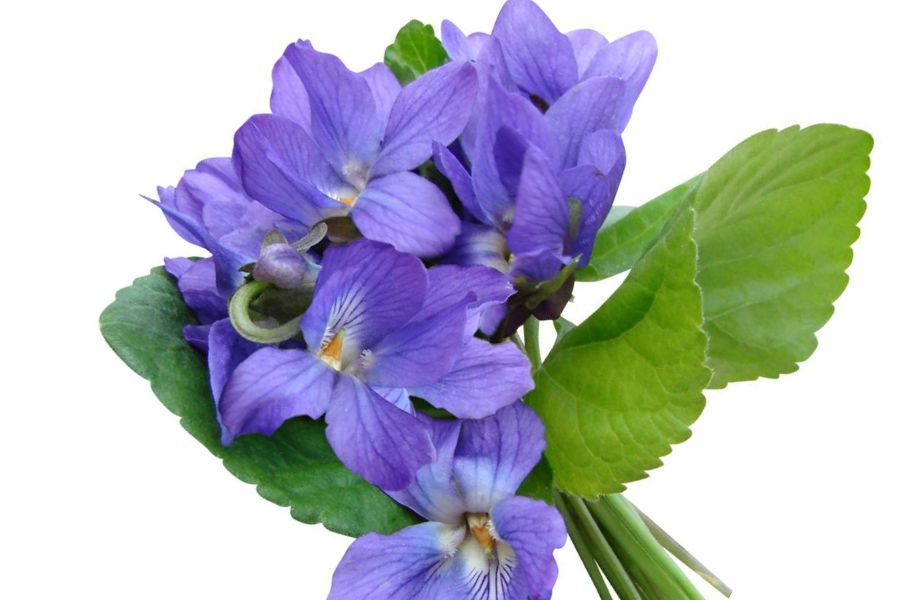The woods and fields of Indiana are full of tasty treats that grow all on their own. From mushrooms to berries to nuts, our state offers many free foods if you know where to look. These natural snacks are called forageables, and finding them can be a fun outdoor adventure.
Spring brings the famous morel mushrooms that many Hoosiers hunt each year. These wrinkly mushrooms hide under trees and sell for good money at farmers markets. Fall offers black walnuts that drop from tall trees and wild persimmons that turn sweet after the first frost.
You can find paw paws in shady forests during late summer. Blackberries line country roads and forest edges in July, offering sweet rewards for those willing to brave their thorns.
Learning which plants are safe to eat takes practice and good teachers. Field guides and local foraging groups can help beginners avoid mistakes. The satisfaction of finding food in the wild connects us to the land in ways grocery shopping never will.
What We Cover In This Article:
- What Makes Foreageables Valuable
- Foraging Mistakes That Cost You Big Bucks
- The Most Valuable Forageables in the State
- Where to Find Valuable Forageables in the State
- When to Forage for Maximum Value
- The extensive local experience and understanding of our team
- Input from multiple local foragers and foraging groups
- The accessibility of the various locations
- Safety and potential hazards when collecting
- Private and public locations
- A desire to include locations for both experienced foragers and those who are just starting out
Using these weights we think we’ve put together the best list out there for just about any forager to be successful!
A Quick Reminder
Before we get into the specifics about where and how to find these plants and mushrooms, we want to be clear that before ingesting any wild plant or mushroom, it should be identified with 100% certainty as edible by someone qualified and experienced in mushroom and plant identification, such as a professional mycologist or an expert forager. Misidentification can lead to serious illness or death.
All plants and mushrooms have the potential to cause severe adverse reactions in certain individuals, even death. If you are consuming wild foragables, it is crucial to cook them thoroughly and properly and only eat a small portion to test for personal tolerance. Some people may have allergies or sensitivities to specific mushrooms and plants, even if they are considered safe for others.
The information provided in this article is for general informational and educational purposes only. Foraging involves inherent risks.
What Makes Foreageables Valuable
Some wild plants, mushrooms, and natural ingredients can be surprisingly valuable. Whether you’re selling them or using them at home, their worth often comes down to a few key things:
The Scarcer the Plant, the Higher the Demand
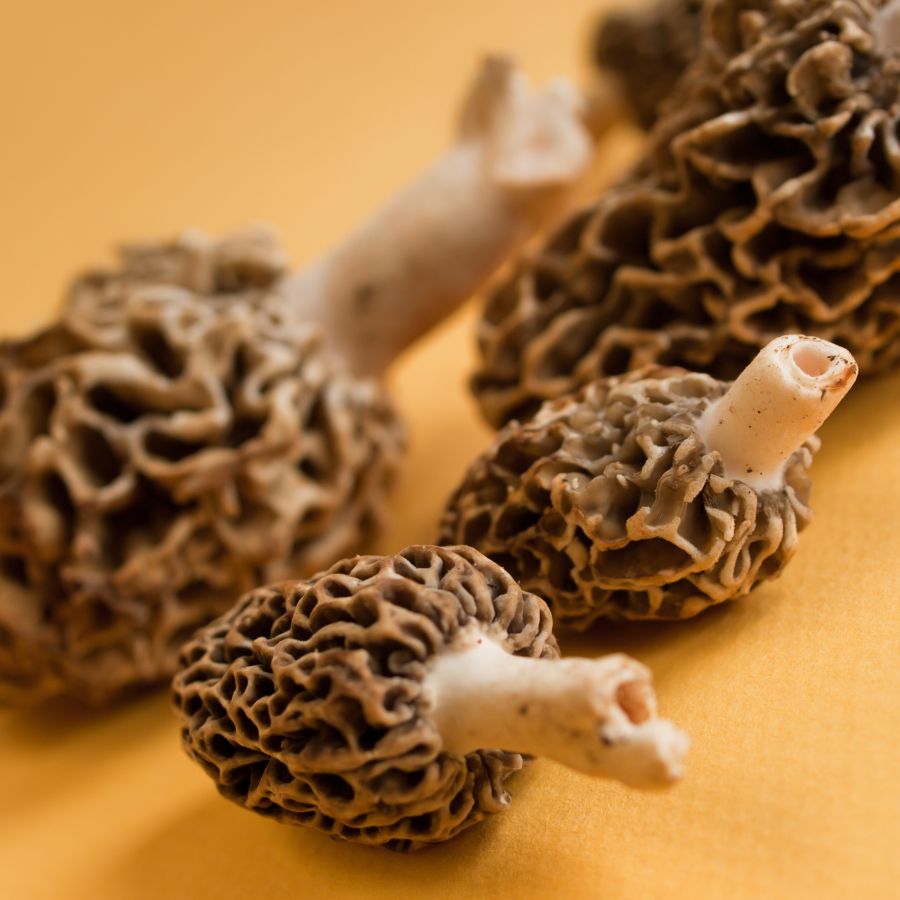
Some valuable forageables only show up for a short time each year, grow in hard-to-reach areas, or are very difficult to cultivate. That kind of rarity makes them harder to find and more expensive to buy.
Morels, truffles, and ramps are all good examples of this. They’re popular, but limited access and short growing seasons mean people are often willing to pay more.
A good seasonal foods guide can help you keep track of when high-value items appear.
High-End Dishes Boost the Value of Ingredients
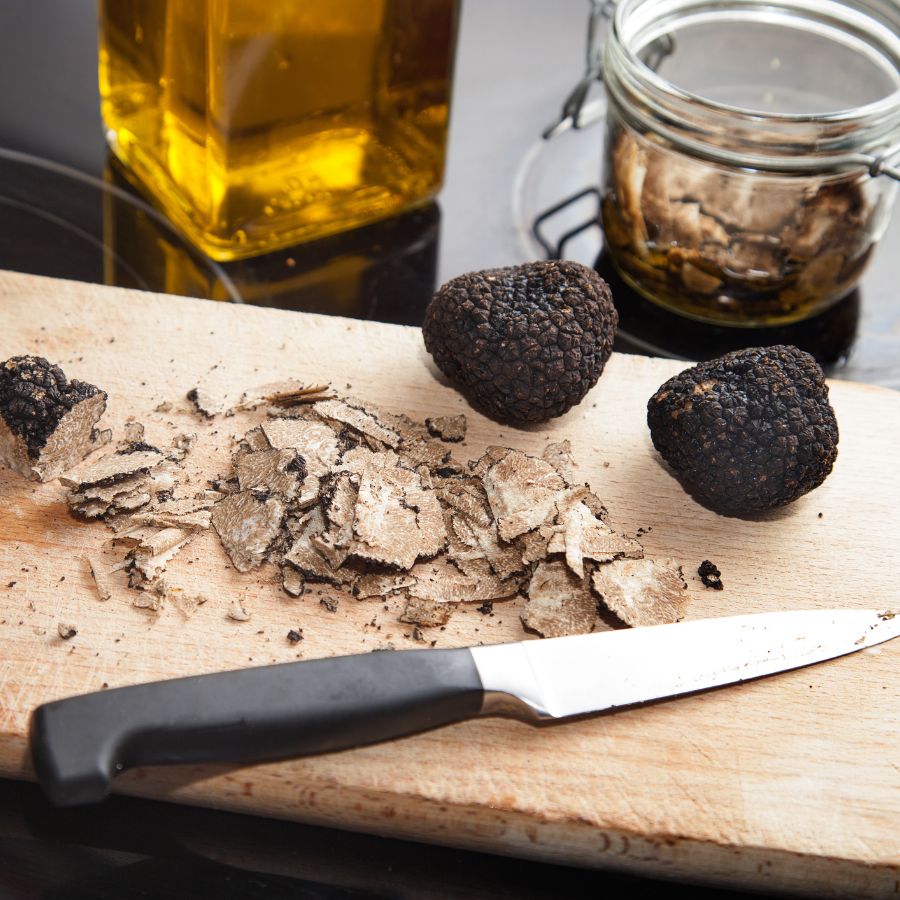
Wild ingredients that are hard to find in stores often catch the attention of chefs and home cooks. When something unique adds flavor or flair to a dish, it quickly becomes more valuable.
Truffles, wild leeks, and edible flowers are prized for how they taste and look on a plate. As more people try to include them in special meals, the demand—and the price—tends to rise.
You’ll find many of these among easy-to-identify wild mushrooms or herbs featured in fine dining.
Medicinal and Practical Uses Drive Forageable Prices Up
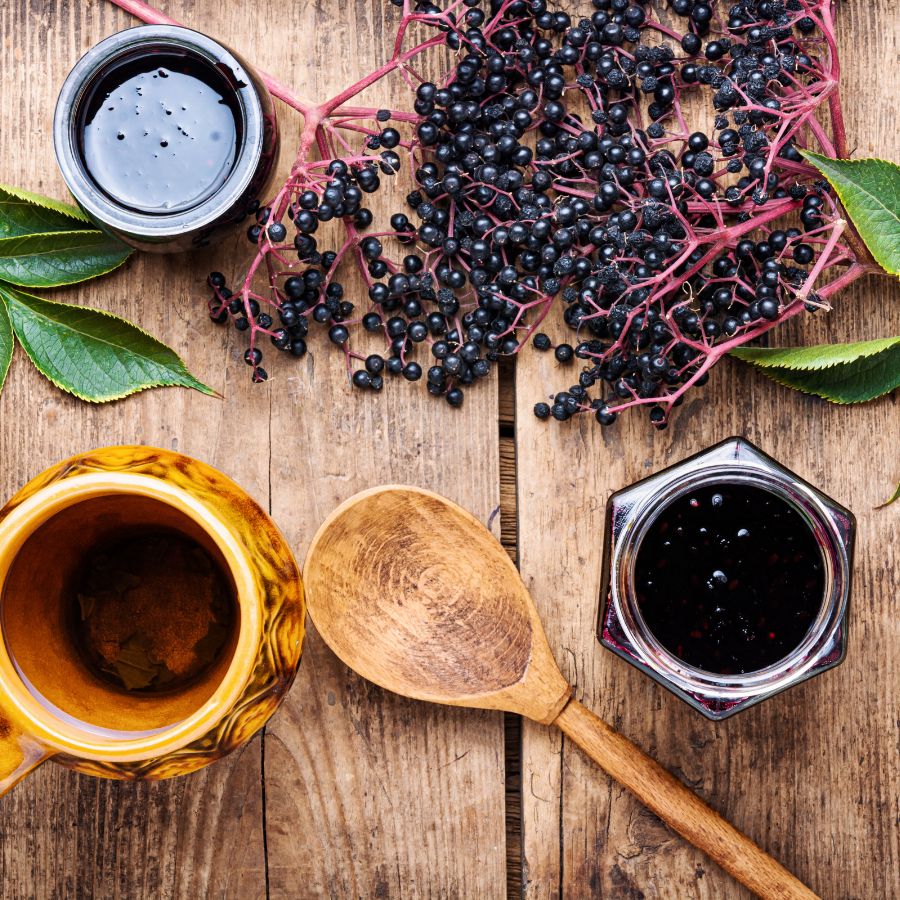
Plants like ginseng, goldenseal, and elderberries are often used in teas, tinctures, and home remedies. Their value comes from how they support wellness and are used repeatedly over time.
These plants are not just ingredients for cooking. Because people turn to them for ongoing use, the demand stays steady and the price stays high.
The More Work It Takes to Harvest, the More It’s Worth
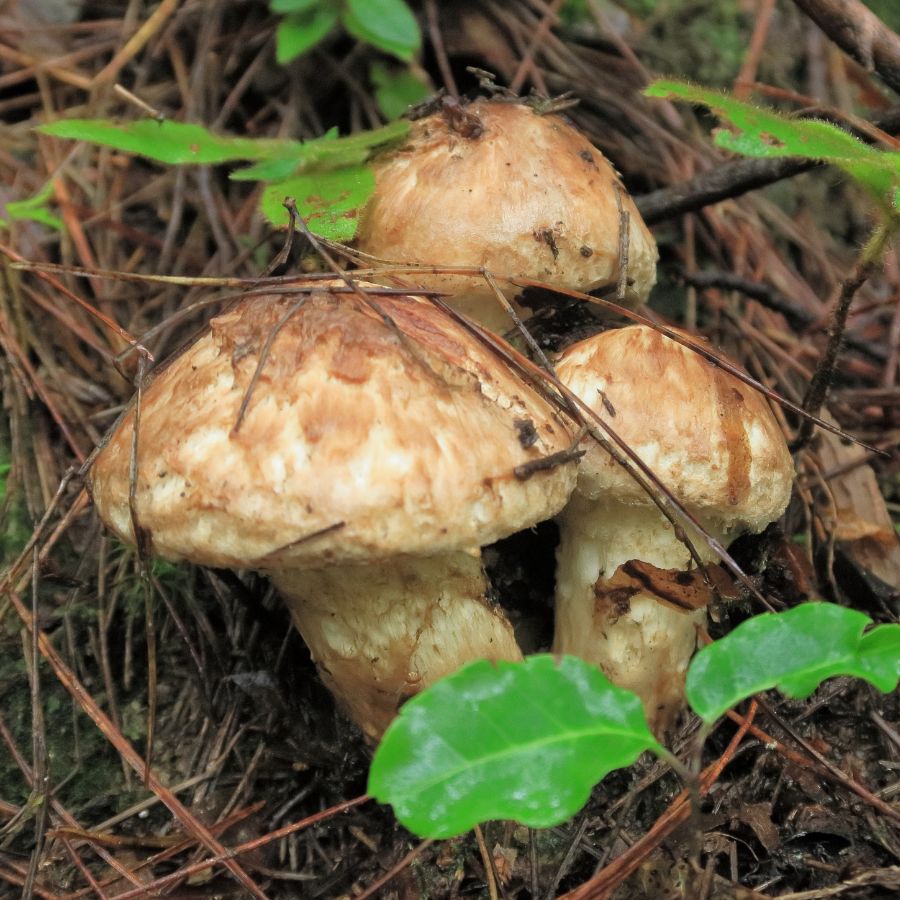
Forageables that are hard to reach or tricky to harvest often end up being more valuable. Some grow in dense forests, need careful digging, or have to be cleaned and prepared before use.
Matsutake mushrooms are a good example, because they grow in specific forest conditions and are hard to spot under layers of leaf litter. Wild ginger and black walnuts, meanwhile, both require extra steps for cleaning and preparation before they can be used or sold.
All of that takes time, effort, and experience. When something takes real work to gather safely, buyers are usually willing to pay more for it.
Foods That Keep Well Are More Valuable to Buyers
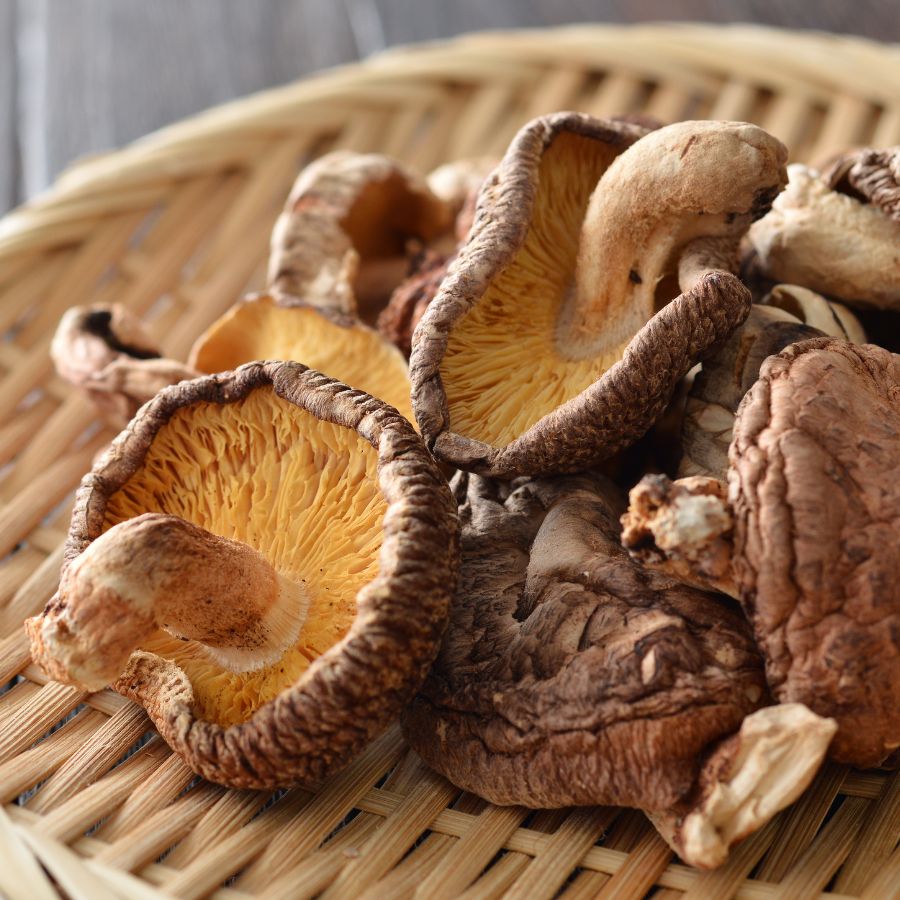
Some forageables, like dried morels or elderberries, can be stored for months without losing their value. These longer-lasting items are easier to sell and often bring in more money over time.
Others, like wild greens or edible flowers, have a short shelf life and need to be used quickly. Many easy-to-identify wild greens and herbs are best when fresh, but can be dried or preserved to extend their usefulness.
A Quick Reminder
Before we get into the specifics about where and how to find these mushrooms, we want to be clear that before ingesting any wild mushroom, it should be identified with 100% certainty as edible by someone qualified and experienced in mushroom identification, such as a professional mycologist or an expert forager. Misidentification of mushrooms can lead to serious illness or death.
All mushrooms have the potential to cause severe adverse reactions in certain individuals, even death. If you are consuming mushrooms, it is crucial to cook them thoroughly and properly and only eat a small portion to test for personal tolerance. Some people may have allergies or sensitivities to specific mushrooms, even if they are considered safe for others.
The information provided in this article is for general informational and educational purposes only. Foraging for wild mushrooms involves inherent risks.
Foraging Mistakes That Cost You Big Bucks
When you’re foraging for high-value plants, mushrooms, or other wild ingredients, every decision matters. Whether you’re selling at a farmers market or stocking your own pantry, simple mistakes can make your harvest less valuable or even completely worthless.
Harvesting at the Wrong Time
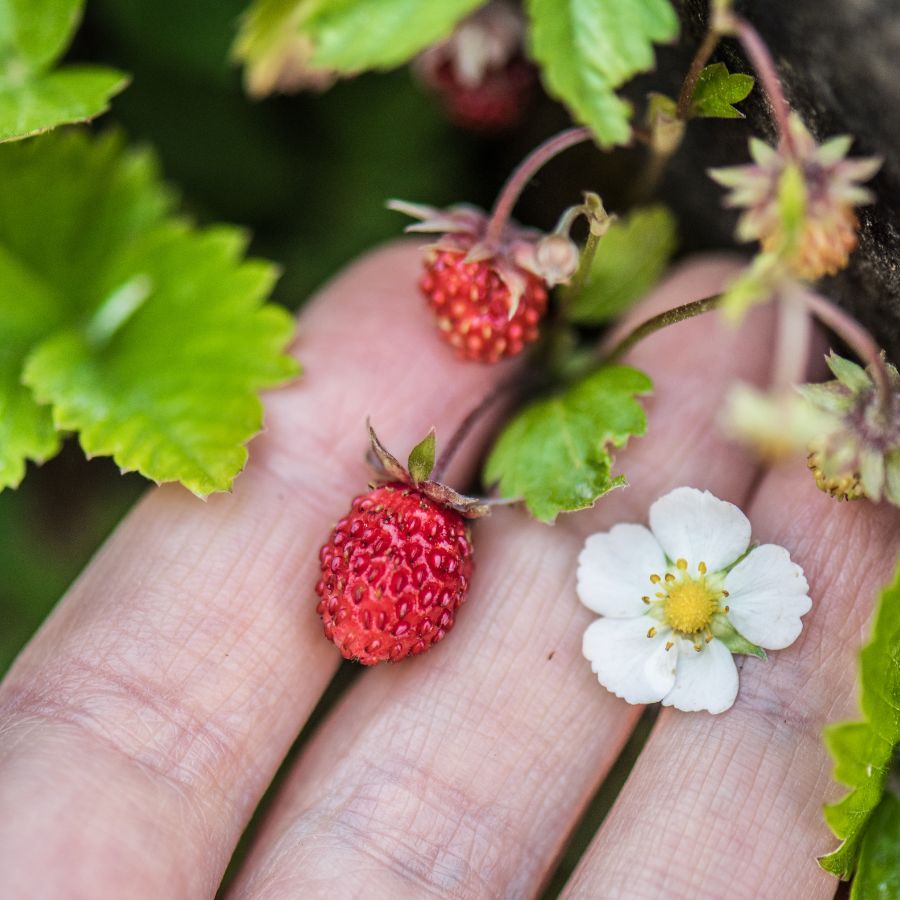
Harvesting at the wrong time can turn a valuable find into something no one wants. Plants and mushrooms have a short window when they’re at their best, and missing it means losing quality.
Morels, for example, shrink and dry out quickly once they mature, which lowers their weight and price. Overripe berries bruise in the basket and spoil fast, making them hard to store or sell.
Improper Handling After Harvest
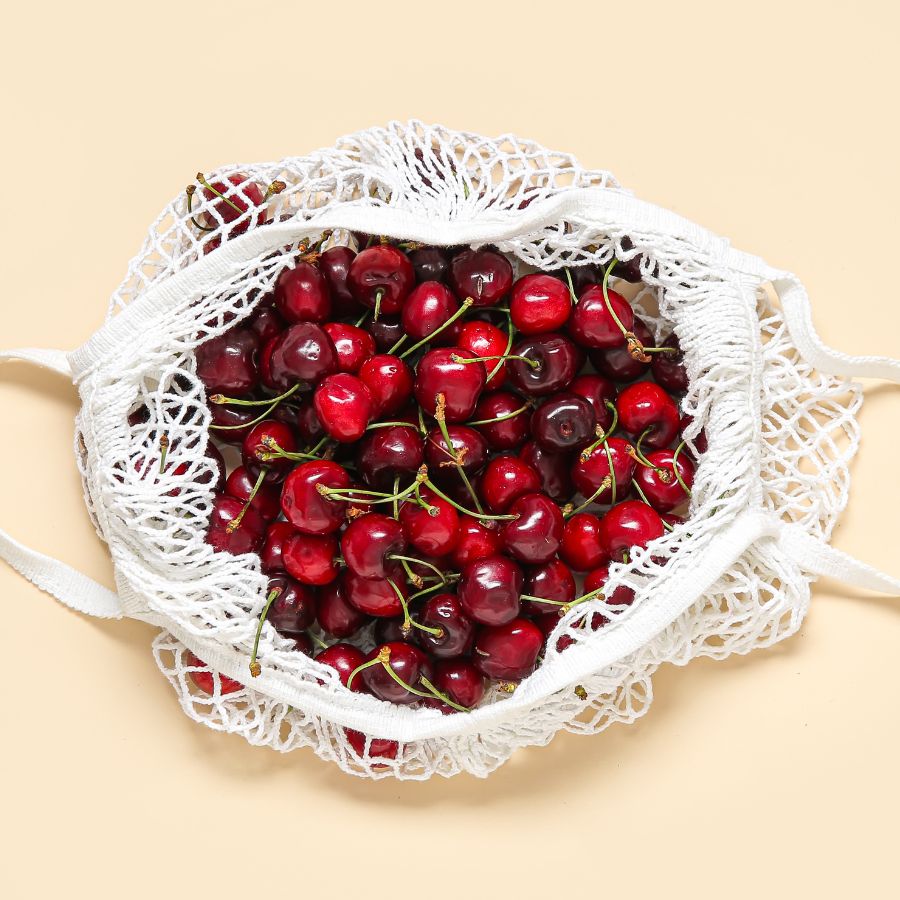
Rough handling can ruin even the most valuable forageables. Crushed mushrooms, wilted greens, and dirty roots lose both their appeal and their price.
Use baskets or mesh bags to keep things from getting smashed and let air circulate. Keeping everything cool and clean helps your harvest stay fresh and look better for longer.
This is especially important for delicate items like wild roots and tubers that need to stay clean and intact.
Skipping Processing Steps
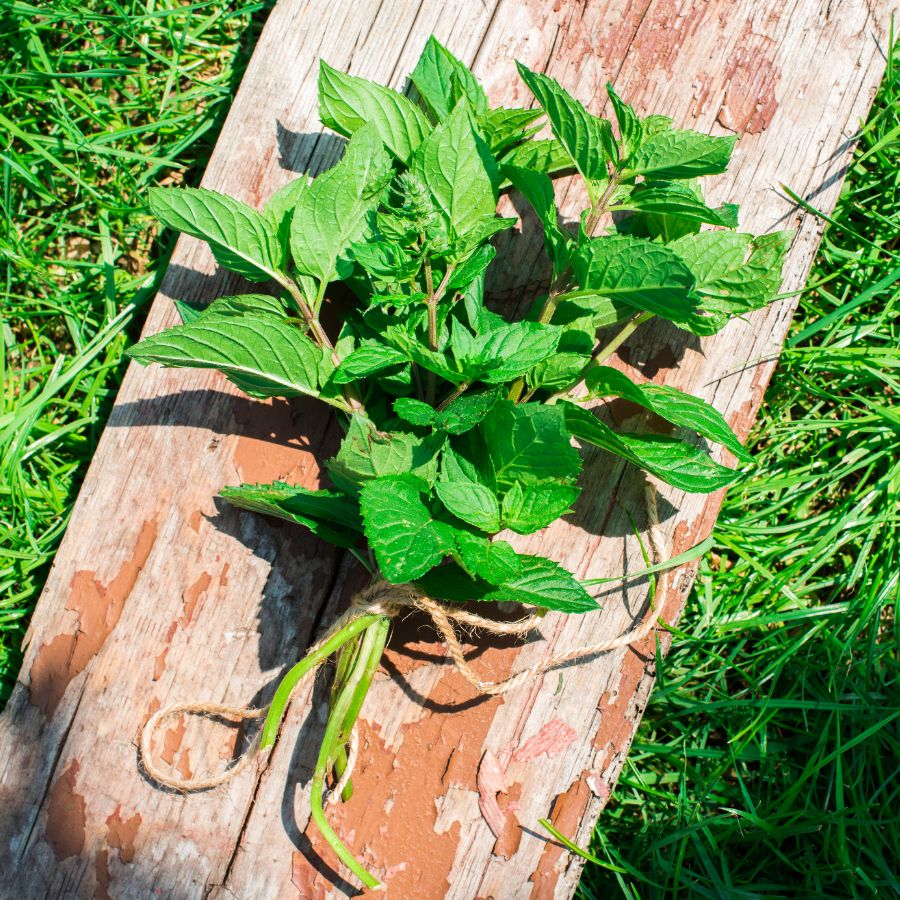
Skipping basic processing steps can cost you money. A raw harvest may look messy, spoil faster, or be harder to use.
For example, chaga is much more valuable when dried and cut properly. Herbs like wild mint or nettle often sell better when bundled neatly or partially dried. If you skip these steps, you may end up with something that looks unappealing or spoils quickly.
Collecting from the Wrong Area
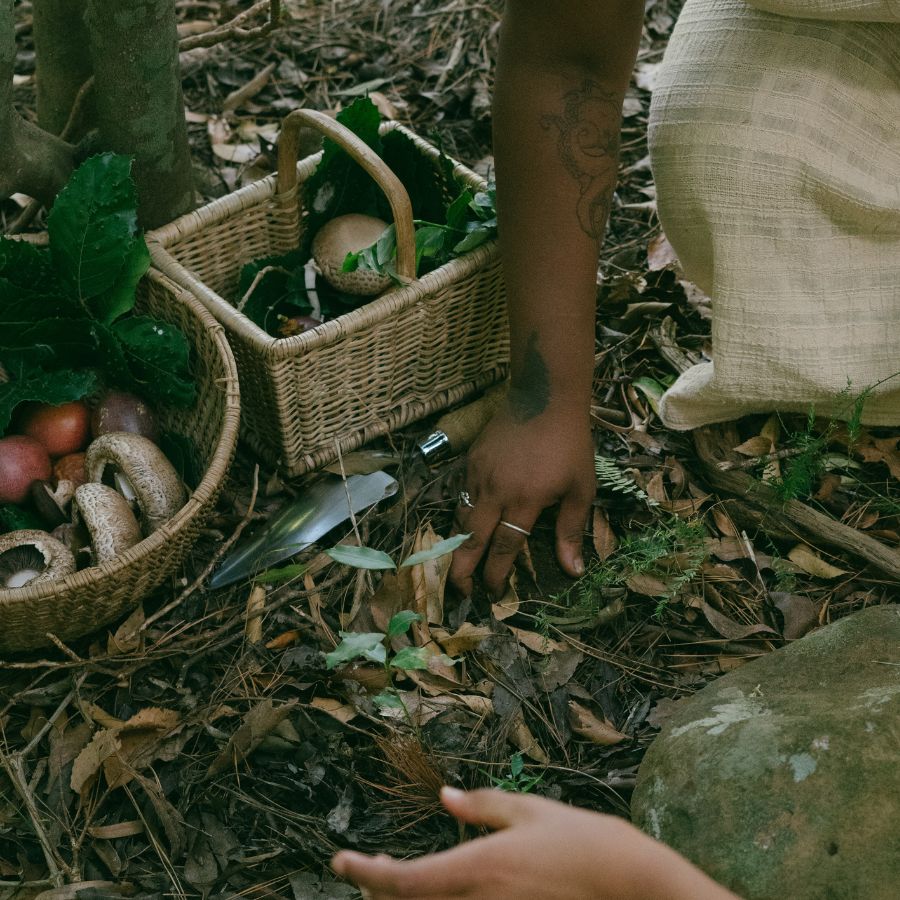
Harvesting in the wrong place can ruin a good find. Plants and mushrooms pulled from roadsides or polluted ground may be unsafe, no matter how fresh they look.
Buyers want to know their food comes from clean, responsible sources. If a spot is known for overharvesting or damage, it can make the whole batch less appealing.
These suburbia foraging tips can help you find overlooked spots that are surprisingly safe and productive.
Not Knowing the Market
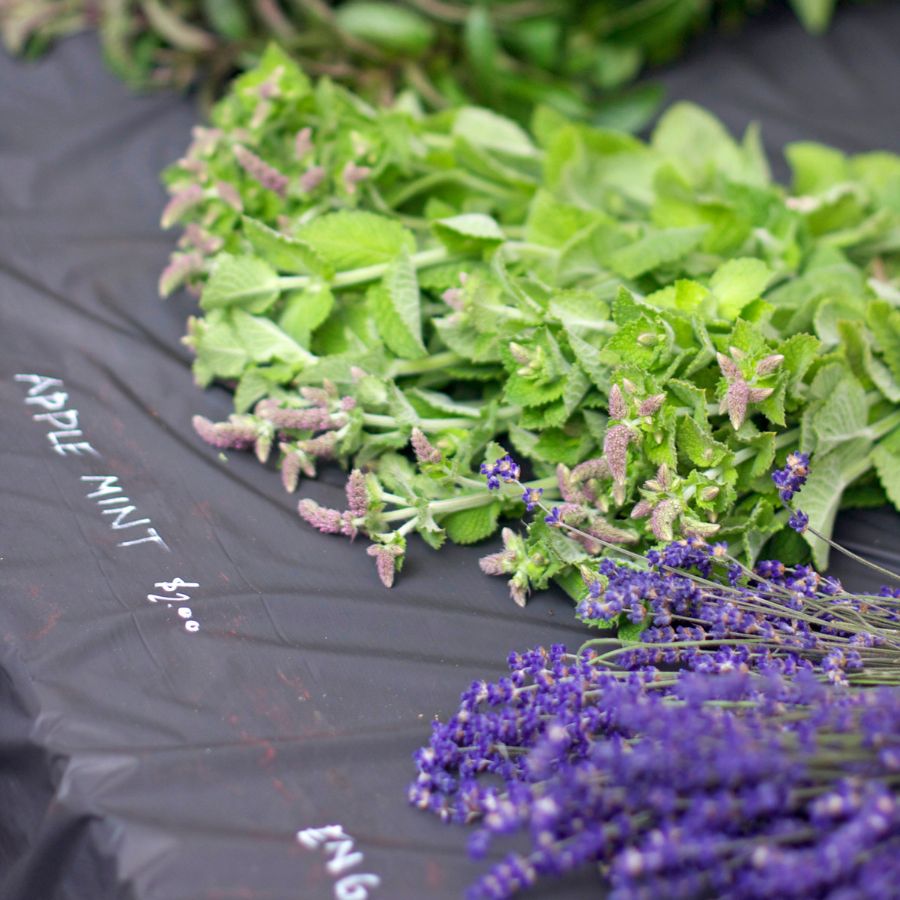
A rare plant isn’t valuable if nobody wants to buy it. If you gather in-demand species like wild ramps or black trumpets, you’re more likely to make a profit. Pay attention to what chefs, herbalists, or vendors are actually looking for.
Foraging with no plan leads to wasted effort and unsold stock. Keeping up with demand helps you bring home a profit instead of a pile of leftovers.
You can also brush up on foraging for survival strategies to identify the most versatile and useful wild foods.
Before you head out
Before embarking on any foraging activities, it is essential to understand and follow local laws and guidelines. Always confirm that you have permission to access any land and obtain permission from landowners if you are foraging on private property. Trespassing or foraging without permission is illegal and disrespectful.
For public lands, familiarize yourself with the foraging regulations, as some areas may restrict or prohibit the collection of mushrooms or other wild foods. These regulations and laws are frequently changing so always verify them before heading out to hunt. What we have listed below may be out of date and inaccurate as a result.
The Most Valuable Forageables in the State
Some of the most sought-after wild plants and fungi here can be surprisingly valuable. Whether you’re foraging for profit or personal use, these are the ones worth paying attention to:
Jerusalem Artichoke (Helianthus tuberosus)
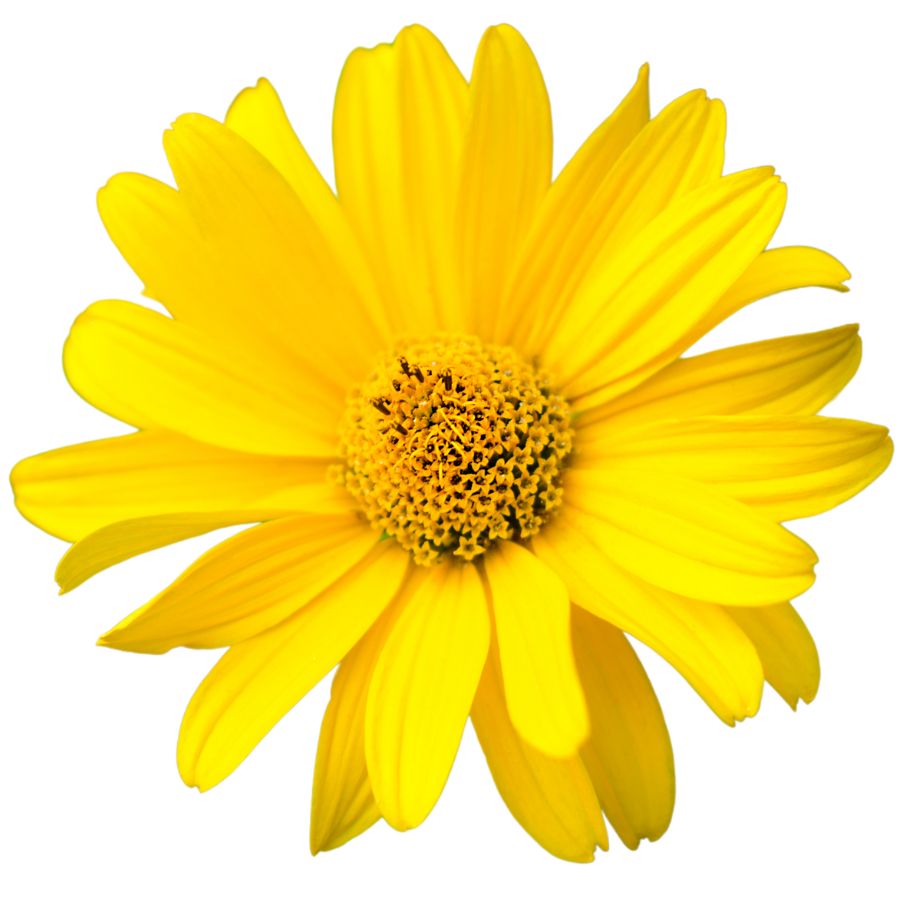
Jerusalem artichoke grows tall with sunflower-like blooms and has knobby underground tubers. The tubers are tan or reddish and look a bit like ginger root, though they belong to the sunflower family.
The part you’re after is the tuber, which has a nutty, slightly sweet flavor and a crisp texture when raw. You can roast, sauté, boil, or mash them like potatoes, and they hold their shape well in soups and stir-fries.
Some people experience gas or bloating after eating sunchokes due to the inulin they contain, so it’s a good idea to try a small amount first. Cooking them thoroughly can help reduce the chances of digestive discomfort.
Sunchokes don’t have many dangerous lookalikes, but it’s important not to confuse the plant with other sunflower relatives that don’t produce tubers. The above-ground part resembles a small sunflower, but it’s the knotted, underground tubers that are worth digging up.
Black Walnuts (Juglans nigra)
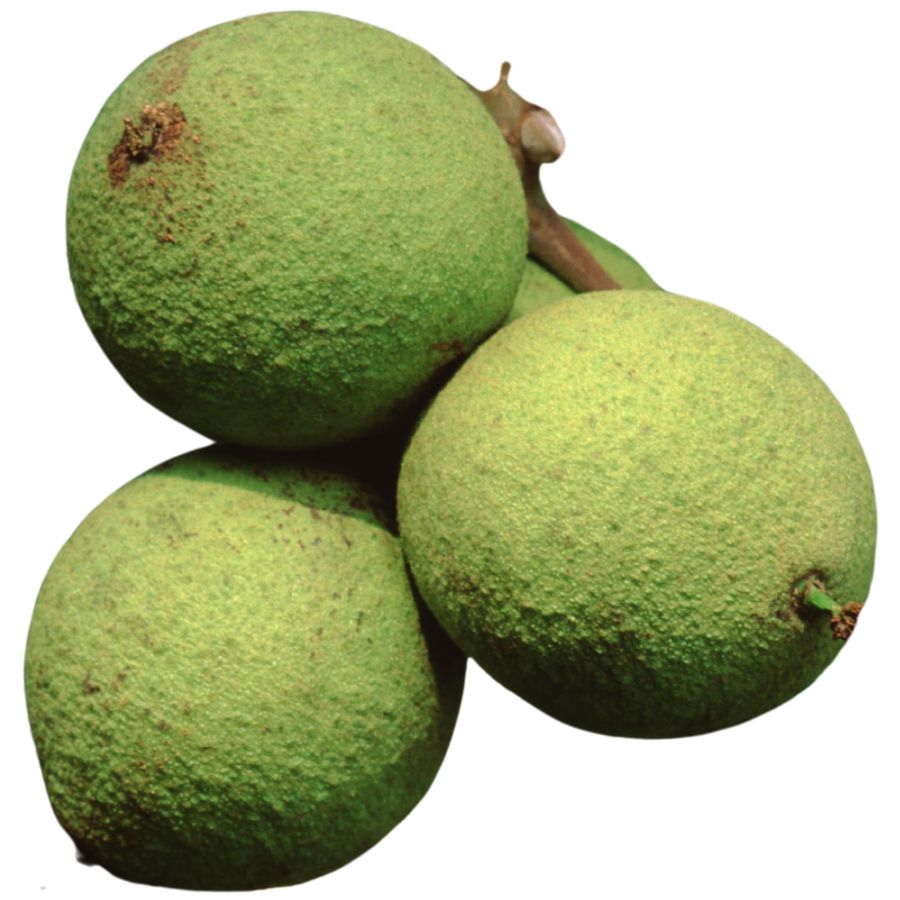
The nuts of the black walnut, sometimes called American walnut or eastern black walnut, have a tough outer husk and a deeply ridged shell inside. When you crack them open, you will find a rich, oily seed with an earthy, slightly bitter flavor that sets them apart from the sweeter English walnut.
It is easy to confuse black walnut with butternut, another tree with compound leaves and rough bark. If you check the nuts closely, black walnut fruits are round with a thick green husk, while butternuts are more oval and sticky.
When you get your hands on the nuts, the common ways to prepare them include baking them into cookies, sprinkling them over salads, or grinding them into a strong-tasting flour. The seeds themselves have a firm, almost chewy texture when raw and become crunchy after roasting.
Only the inner seed is eaten, while the outer husk and shell are discarded because they contain compounds that can irritate your skin. A fun fact about this plant is that even the roots and leaves produce a chemical called juglone, which can make it hard for other plants to grow nearby.
Hickory Nuts (Carya spp.)
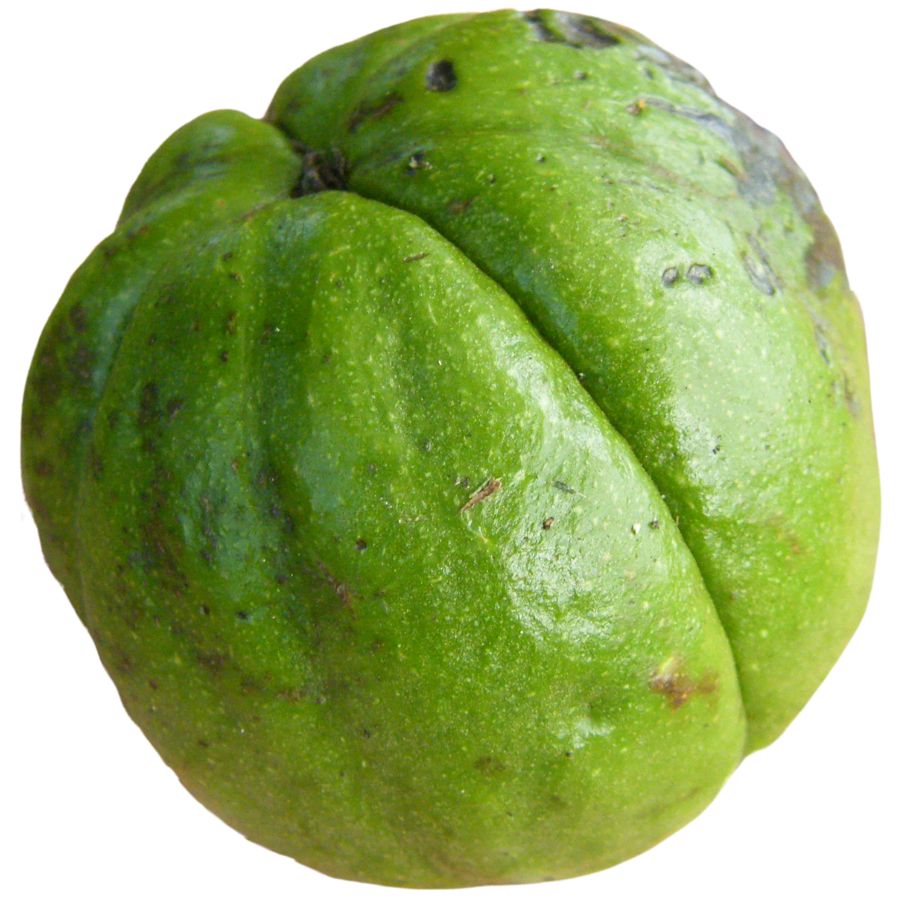
Hickory nuts grow on tall deciduous trees that can reach up to 100 feet in height, with distinctive compound leaves and shaggy bark. The nuts themselves are encased in thick husks that split open when ripe, revealing round or oval nuts with hard shells.
These nuts have a rich, buttery flavor similar to pecans but with a more intense taste. When foraging, look for fallen nuts under hickory trees in autumn. The outer husk should be cracked and separating from the shell.
The edible kernel inside requires some effort to extract but rewards with excellent nutritional value. Hickory nuts contain healthy fats, protein, and various minerals. They can be eaten raw, roasted, or used in baking.
Beware of bitter nuts from some hickory species, which while not poisonous, taste unpleasant. The sweet-tasting varieties like shagbark and shellbark hickory are most prized for their exceptional flavor.
Pawpaw (Asimina triloba)
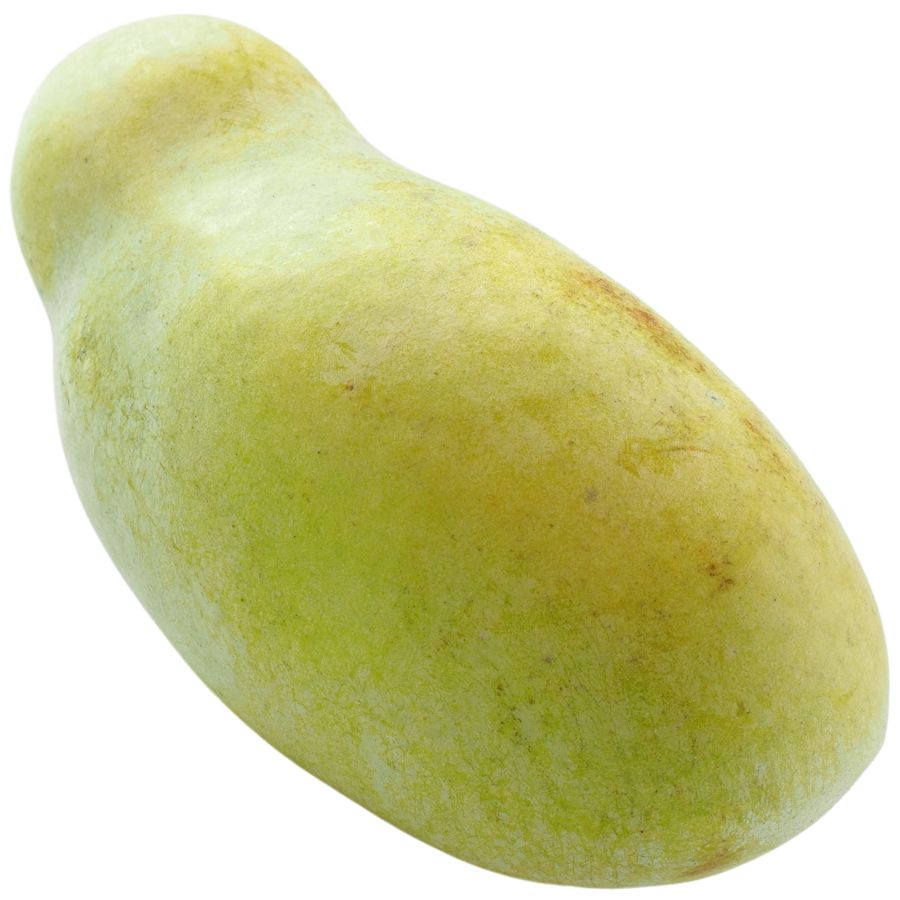
The pawpaw grows fruits that are green and shaped a little like small mangoes. Inside, the soft yellow flesh tastes like a blend of banana, mango, and melon, with a custard-like texture that melts in your mouth.
If you are comparing it to similar plants, keep in mind that young pawpaw trees can look a little like young magnolias because of their large leaves. True pawpaws grow fruits with large brown seeds tucked inside, while magnolias do not produce anything that looks or tastes similar.
You can eat the flesh straight out of the skin with a spoon, or mash it into puddings, smoothies, and even homemade ice cream. Some people also like to freeze it into cubes for later, although it does tend to brown quickly once exposed to air.
Stick to eating the soft inner flesh. Make sure not to ingest the skin and seeds of the fruit because they contain compounds that can upset your stomach.
This fruit is that it was a favorite snack of Native Americans and early explorers long before it started showing up in backyard gardens.
Persimmon (Diospyros virginiana)
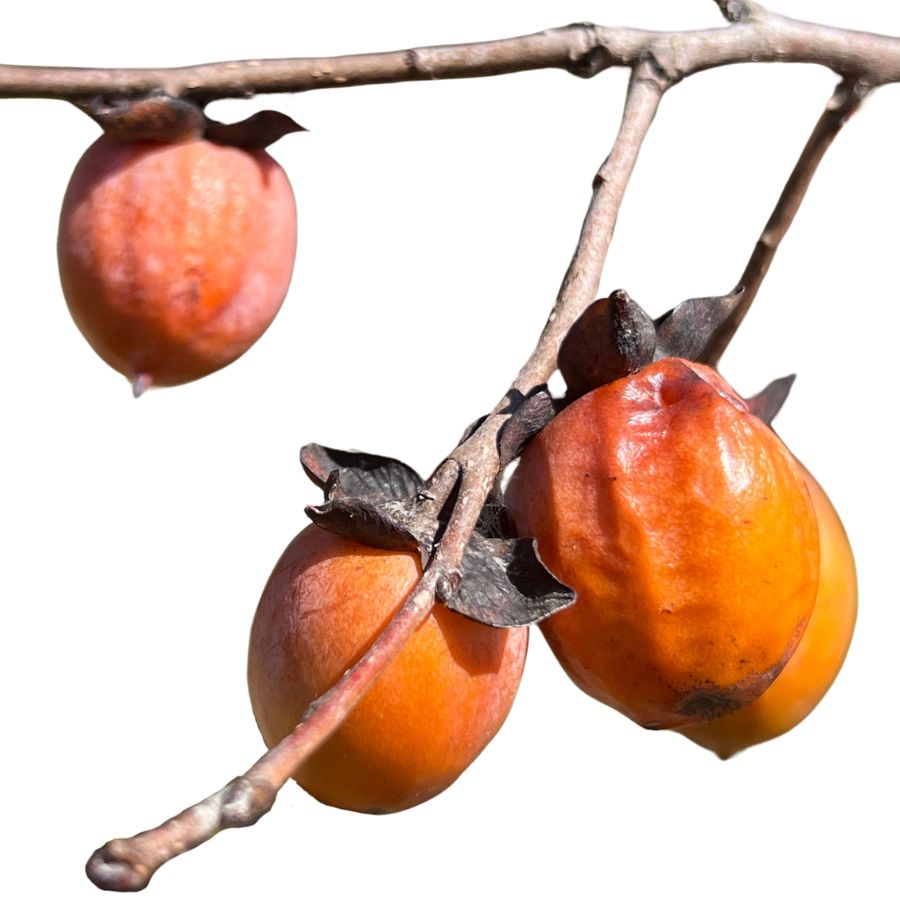
Persimmon, sometimes called American persimmon or common persimmon, grows as a small tree with rough, blocky bark and oval-shaped leaves. The fruit looks like a small, flattened tomato and turns a deep orange or reddish color when ripe.
If you bite into an unripe persimmon, you will quickly notice an extremely astringent, mouth-drying effect. A ripe persimmon, on the other hand, tastes sweet, rich, and custard-like, with a soft and jelly-like texture inside.
You can eat persimmons fresh once they are fully ripe, or you can cook them down into puddings, jams, and baked goods. Some people also mash and freeze the pulp to use later for pies, breads, and sauces.
Wild persimmons can sometimes be confused with black nightshade berries, but nightshade fruits are much smaller, grow in clusters, and stay dark purple or black. Only the ripe fruit of the persimmon tree should be eaten; the seeds and the unripe fruit are not edible.
Elderberries (Sambucus nigra)
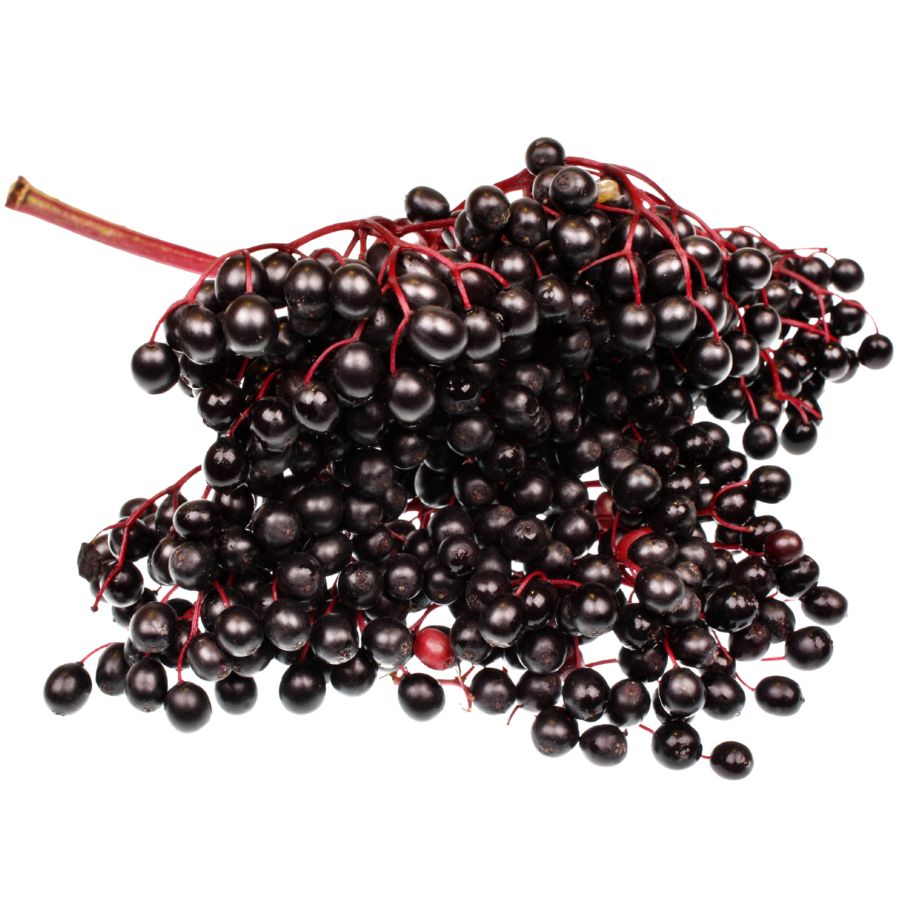
Clusters of small, dark purple berries hang from the branches of elderberry shrubs in late summer. These berries grow in flat-topped clusters called cymes, with each berry about the size of a BB pellet.
Only the fully ripe berries should be harvested, as unripe berries and other plant parts contain toxic compounds. The berries must be cooked before eating to neutralize these compounds.
Elderberries have been used for centuries in traditional medicine to fight colds and flu. They contain high levels of vitamin C and antioxidants. The berries make excellent syrups, jams, and wines.
When identifying elderberry, look for compound leaves with 5-7 leaflets and flat-topped berry clusters. Avoid water hemlock, which has similar-looking clusters but grows in wet areas and has different leaves. The white flowers that appear before the berries are also edible and can be used for making cordials or fritters.
Ramps (Allium tricoccum)
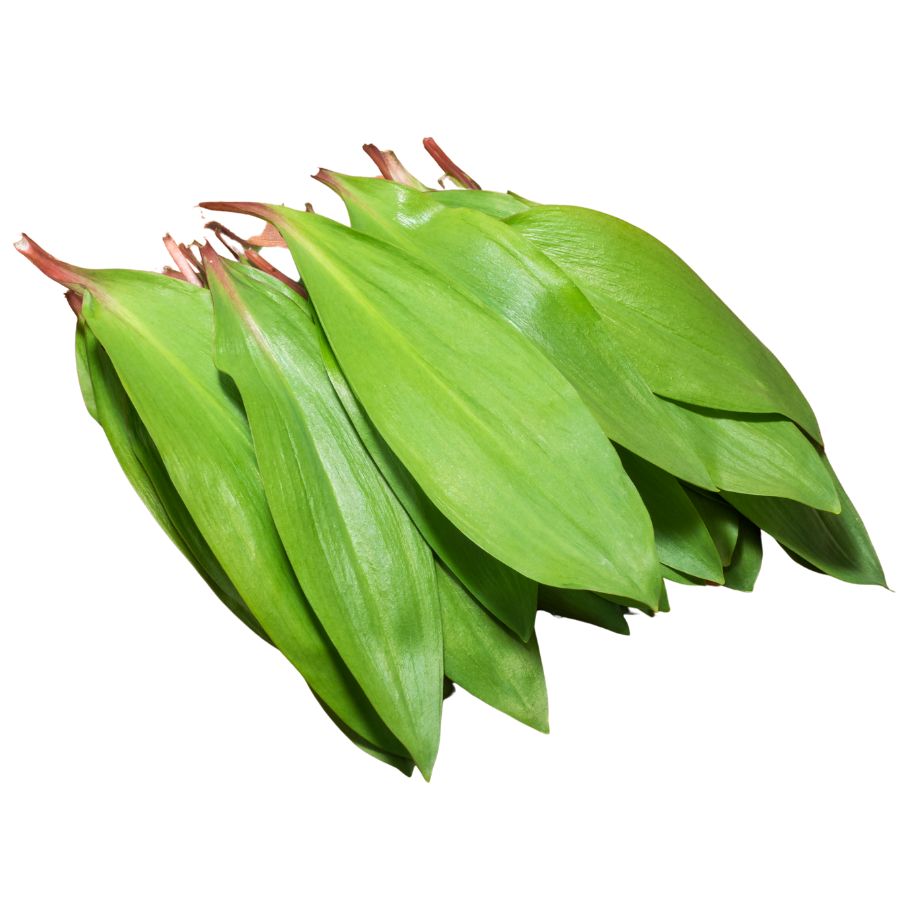
Known as wild leek, ramp, or ramson, this flavorful plant is famous for its broad green leaves and slender white stems. It grows low to the ground and gives off a strong onion-like scent when bruised, which can help you tell it apart from toxic lookalikes like lily of the valley.
If you give it a taste, you will notice a bold mix of onion and garlic flavors, with a tender texture that softens even more when cooked. People often sauté the leaves and stems, pickle the bulbs, or blend them into pestos and soups.
The entire plant can be used for cooking, but the leaves and bulbs are the most prized parts. It is important not to confuse it with similar-looking plants that do not have the signature onion smell when crushed.
Wild leek populations have declined in some areas because of overharvesting, so it is a good idea to only take a few from any given patch. When harvested thoughtfully, these vibrant greens can add a punch of flavor to just about anything you make.
Wild Grapes (Vitis spp.)
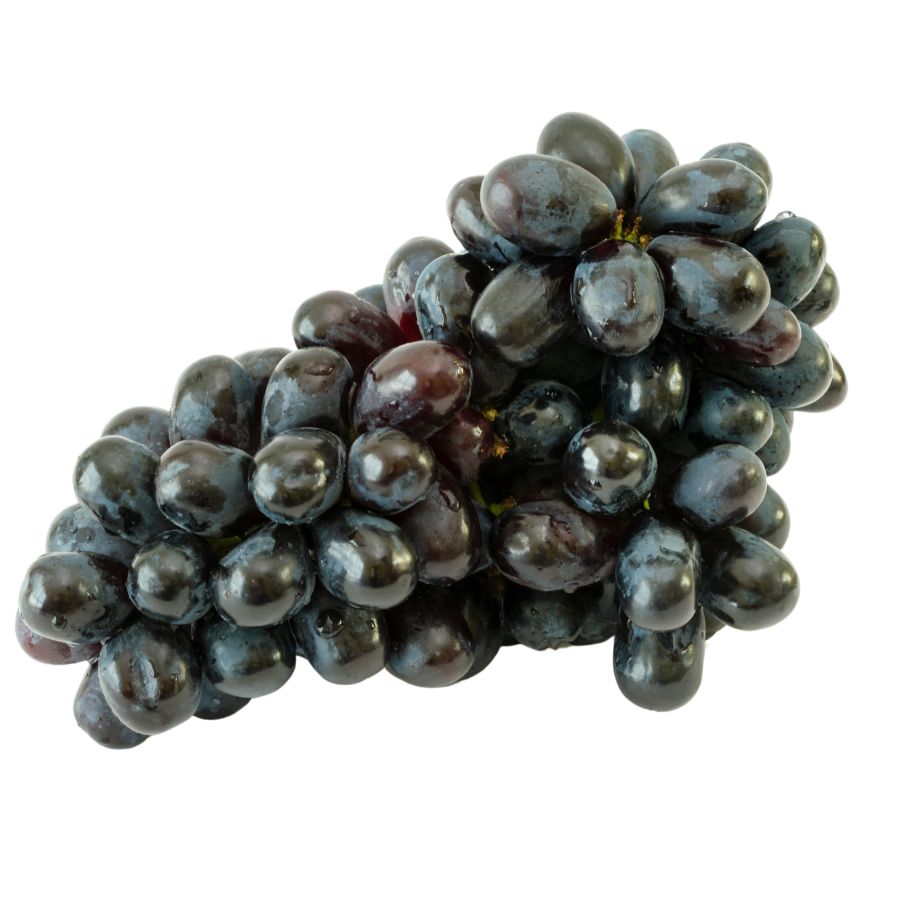
Climbing vines that twist around trees and structures, wild grapes feature distinctive heart-shaped, toothed leaves and curling tendrils. Unlike cultivated grapes, wild varieties produce smaller fruit in loose clusters, often with a thicker skin and larger seeds.
The flavor of wild grapes ranges from sweetly tart to quite sour, depending on the species and ripeness. They typically have a more intense flavor than store-bought grapes.
Wild grapes can be identified by their bark, which peels in strips on mature vines, and their tendrils that grow opposite from leaf stems. Be careful not to confuse them with moonseed, which has similar leaves but toxic berries with a single crescent-shaped seed.
All parts of the grape vine offer value. The leaves can be used for wrapping foods, the tendrils are edible when young, and the fruit can be eaten fresh or made into juice, jelly, or wine. The high antioxidant content makes wild grapes nutritionally valuable.
Stinging Nettle (Urtica dioica)
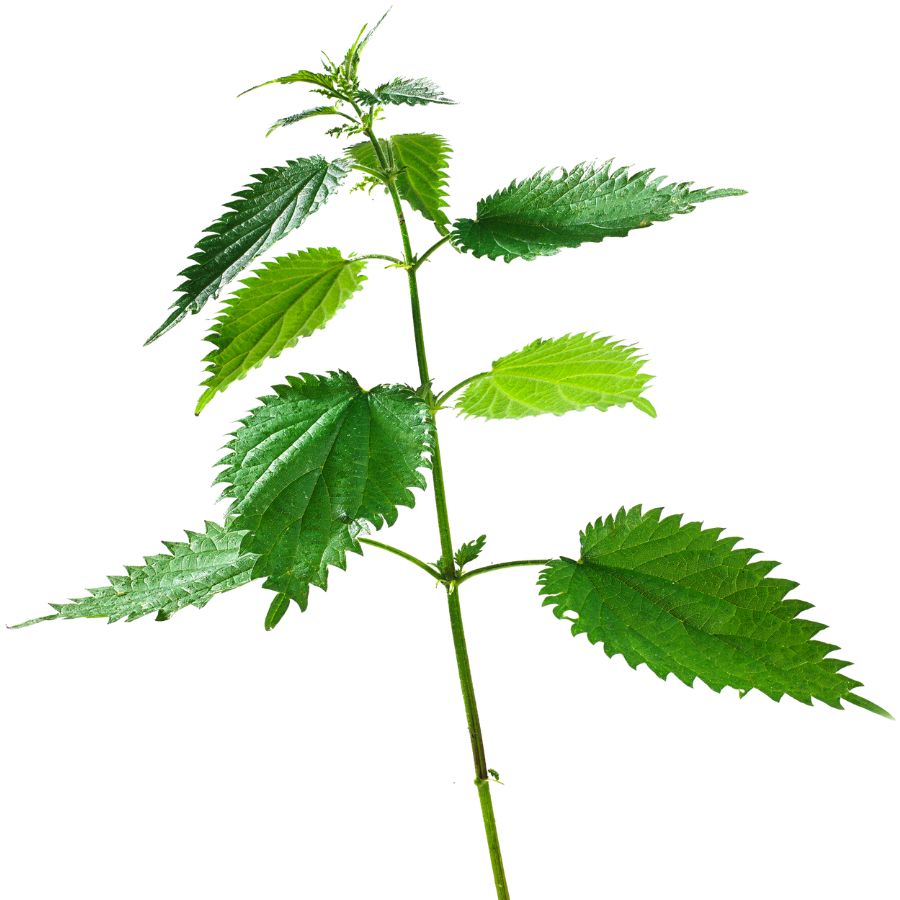
Stinging nettle is also known as burn weed or devil leaf, and it definitely earns those names. The tiny hairs on its leaves and stems can leave a painful, tingling rash if you brush against it raw, so always wear gloves when handling it.
Once it’s cooked or dried, those stingers lose their punch, and the leaves turn mild and slightly earthy in flavor. The texture softens too, making it a solid substitute for spinach in soups, pastas, or even as a simple sauté.
The young leaves and tender tops are what you want to collect. Avoid the tough lower stems and older leaves, which can be gritty or unpleasant to chew.
Some people confuse stinging nettle with purple deadnettle or henbit, but those don’t sting and have more rounded, fuzzy leaves. If the plant doesn’t make your skin react, it’s not stinging nettle.
Cattail (Typha latifolia)
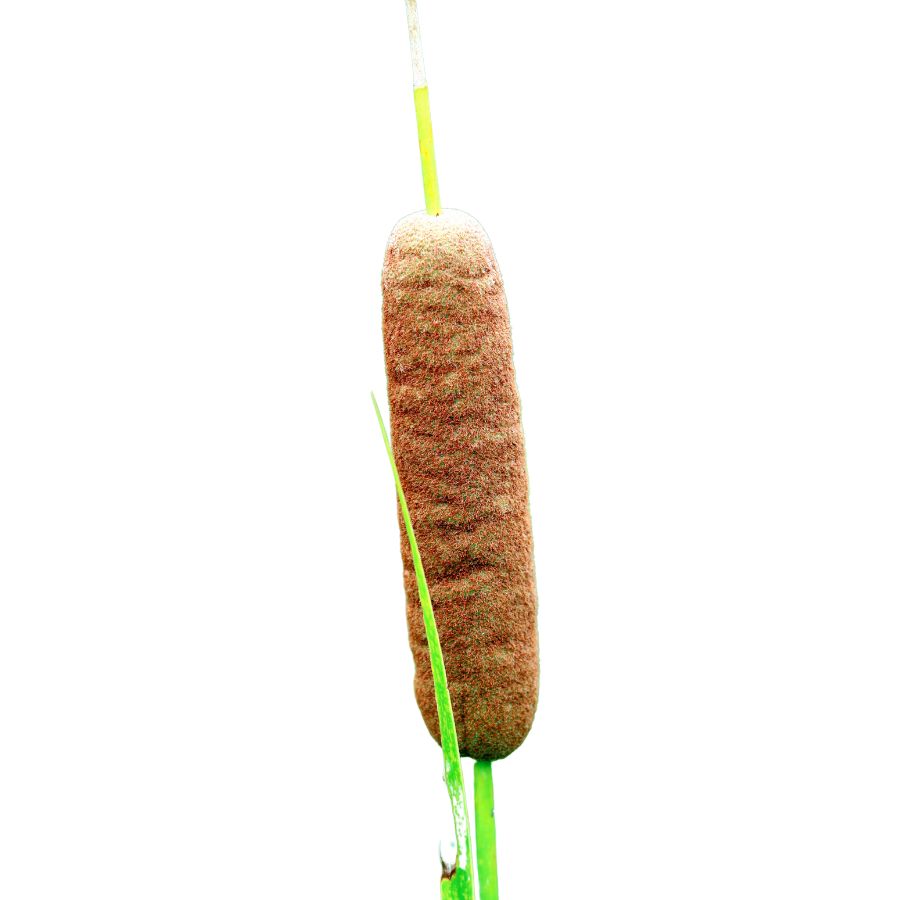
Cattails, often called bulrushes or corn dog grass, are easy to spot with their tall green stalks and brown, sausage-shaped flower heads. They grow thickly along the edges of ponds, lakes, and marshes, forming dense stands that are hard to miss.
Almost every part of the cattail is edible, including the young shoots, flower heads, and starchy rhizomes. You can eat the tender shoots raw, boil the flower heads like corn on the cob, or grind the rhizomes into flour for baking.
Besides food, cattails have long been used for making mats, baskets, and even insulation by weaving the dried leaves and using the fluffy seeds. Their combination of usefulness and abundance has made them an important survival plant for many cultures.
One thing you need to watch for is young cattail shoots being confused with similar-looking plants like iris, which are toxic. A real cattail shoot will have a mild cucumber-like smell when you snap it open, while iris plants smell bitter or unpleasant.
Sweet Cicely (Myrrhis odorata)
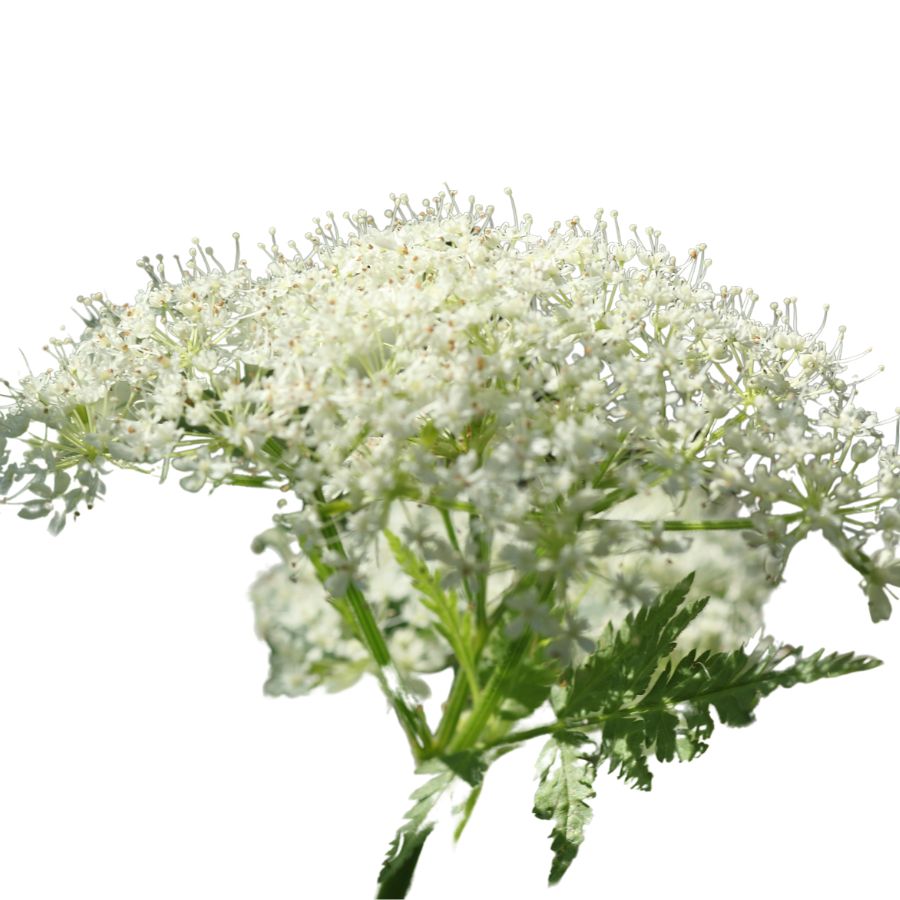
Delicate, fern-like leaves with a sweet anise scent define sweet cicely, a European herb now naturalized in parts of North America. When crushed, the leaves release a distinct licorice aroma that helps with identification.
Every part of sweet cicely is edible. The young leaves add flavor to salads, the seeds can be used as a spice, and the roots can be cooked as vegetables. The plant contains natural sweetness, allowing it to reduce sugar needs in recipes.
Sweet cicely belongs to the carrot family, so proper identification is crucial. It can be distinguished by its white flowers in umbrella-shaped clusters, deeply cut leaves, and anise smell. Never consume any carrot family plant without absolute certainty of identification.
This herb has been used traditionally to aid digestion. Its natural sweetness made it valuable historically when sugar was expensive. Today, foragers prize sweet cicely for its unique flavor profile that enhances both sweet and savory dishes.
Autumn Olive (Elaeagnus umbellata)
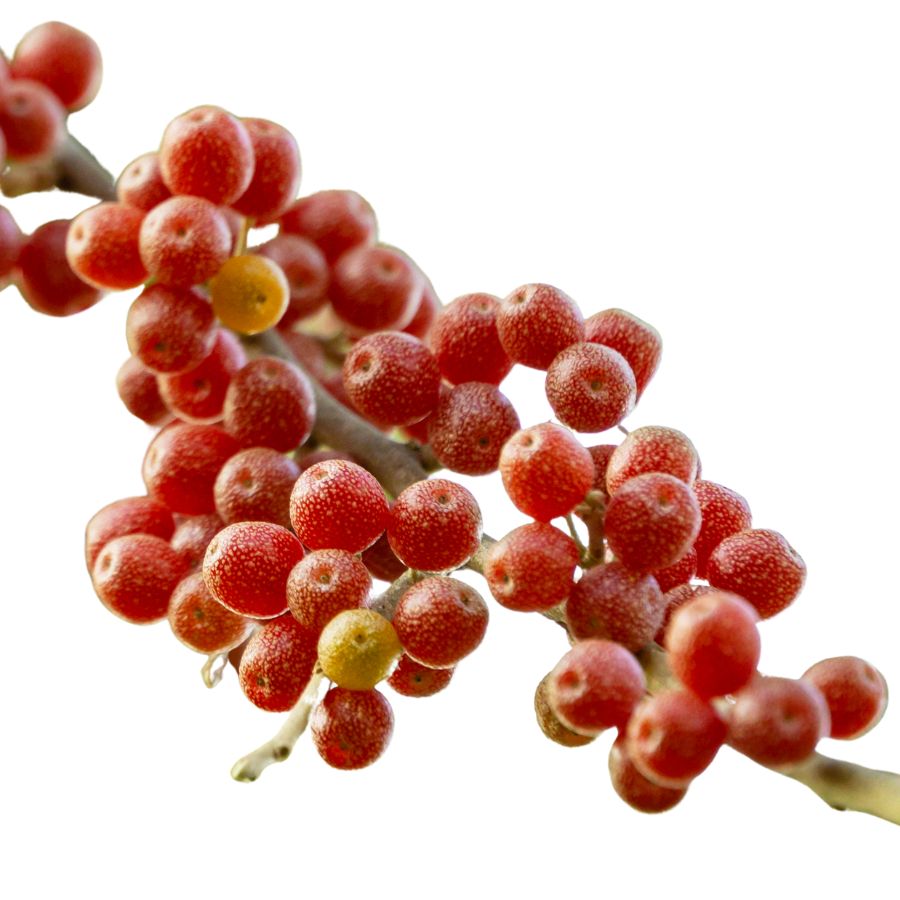
With its silver-dusted leaves and small, speckled red fruits, autumn olive, also called silverberry or Japanese silverberry, has made its way into many thickets and field edges. The fruit is edible, tart, and slick-skinned, with a burst of sourness that mellows in cooked preparations.
People often turn autumn olive into jelly, sauces, or fermented beverages to tame the intense flavor. You can also dehydrate the berries into a powder for use in baked goods.
Some confuse it with Russian olive, which grows similar leaves but bears dry, yellow fruit instead. Stick to harvesting just the berries, as the rest of the plant doesn’t have any culinary use.
What makes autumn olive particularly interesting is its nitrogen-fixing ability, which helps it thrive where other plants struggle, but that same trait is also why it spreads so aggressively. Still, the fruit is safe and edible, and one of the few wild berries with such a high lycopene content.
Chickweed (Stellaria media)
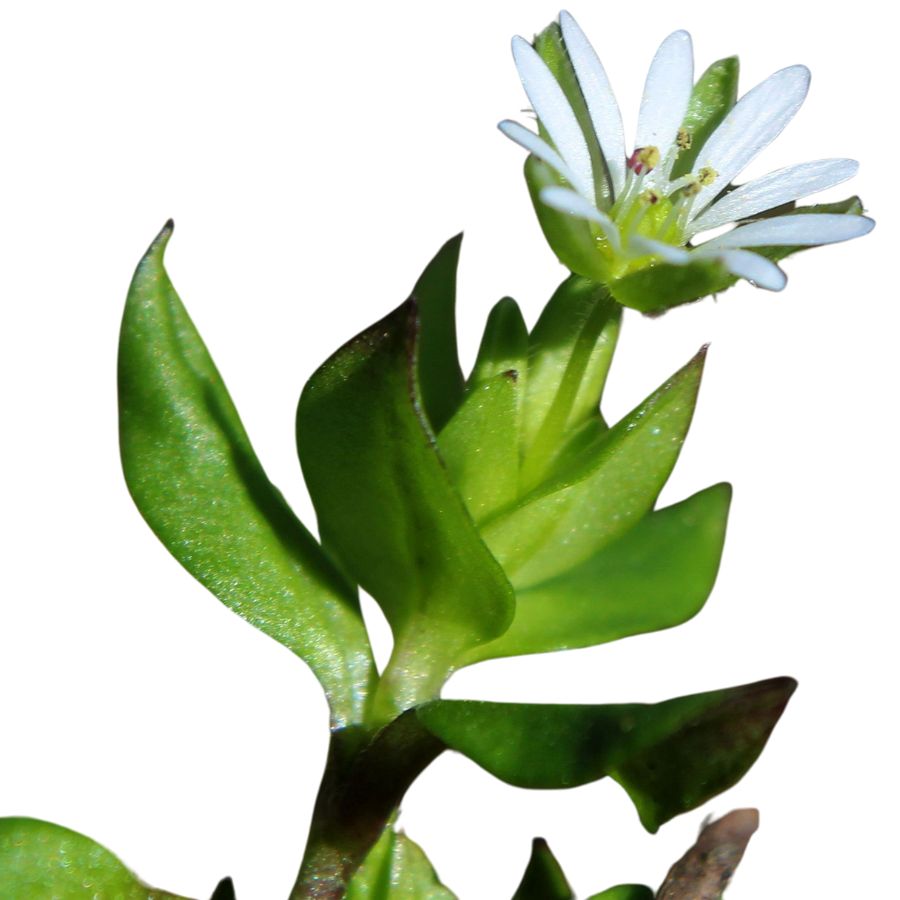
Chickweed, sometimes called satin flower or starweed, is a small, low-growing plant with delicate white star-shaped flowers and bright green leaves. The leaves are oval, pointed at the tip, and often grow in pairs along a slender, somewhat weak-looking stem.
When gathering chickweed, watch out for lookalikes like scarlet pimpernel, which has similar leaves but orange flowers instead of white. A key detail to check is the fine line of hairs that runs along one side of chickweed’s stem, a feature the dangerous lookalikes do not have.
The young leaves, tender stems, and flowers of chickweed are all edible, offering a mild, slightly grassy flavor with a crisp texture. You can toss it fresh into salads, blend it into pestos, or lightly wilt it into soups and stir-fries for a fresh green boost.
Aside from being a food plant, chickweed has been used traditionally in poultices and salves to help soothe skin irritations. Always make sure the plant is positively identified before eating, since mistaking it for a toxic lookalike could cause serious issues.
Blackberries (Rubus spp.)
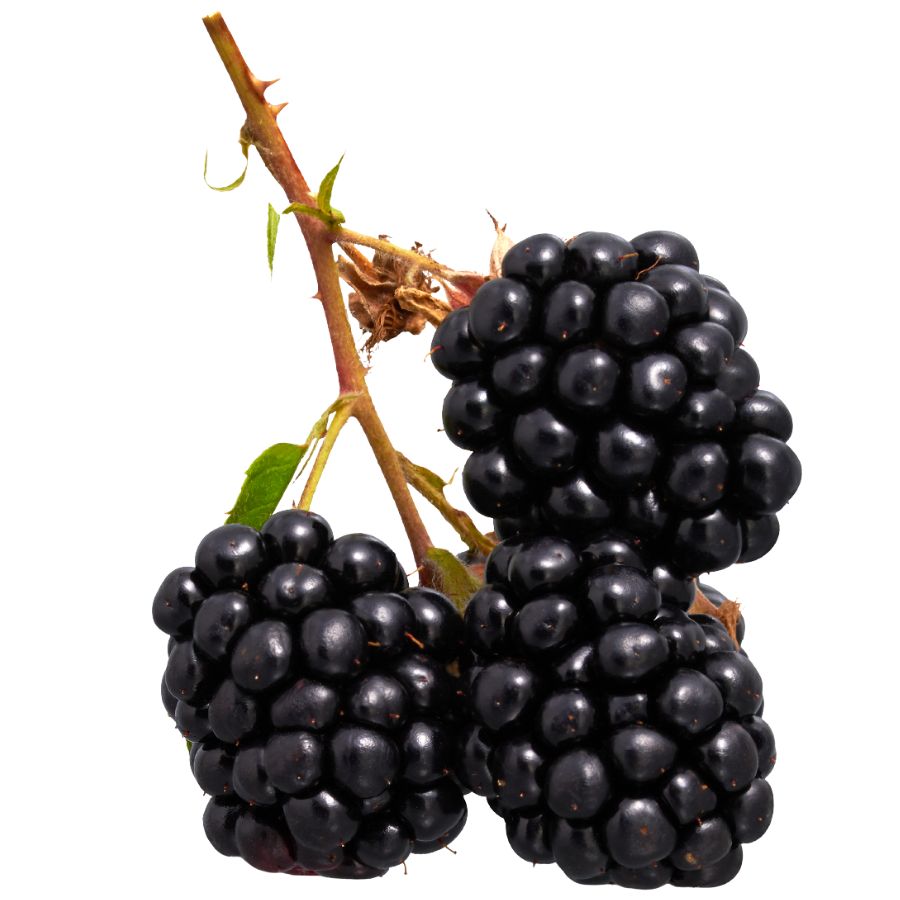
Blackberries grow on thorny canes that form dense thickets along forest edges and disturbed areas. These plump, juicy berries ripen from green to red to deep purple-black when fully mature. Their distinctive aggregate structure consists of many tiny drupelets clustered together.
The leaves have serrated edges and typically come in groups of three or five leaflets. Before picking, check for thorny stems and white flowers that appear in spring to ensure correct identification.
Only the ripe berries offer safe eating, while people can use leaves for tea. Avoid the stems and thorns completely. Blackberries pack high levels of vitamin C and antioxidants.
Raspberries look similar but pull off their central core when picked, while blackberries keep their core. Wild blackberries deliver an intense flavor that store-bought varieties often lack.
Hairy Bittercress (Cardamine hirsuta)
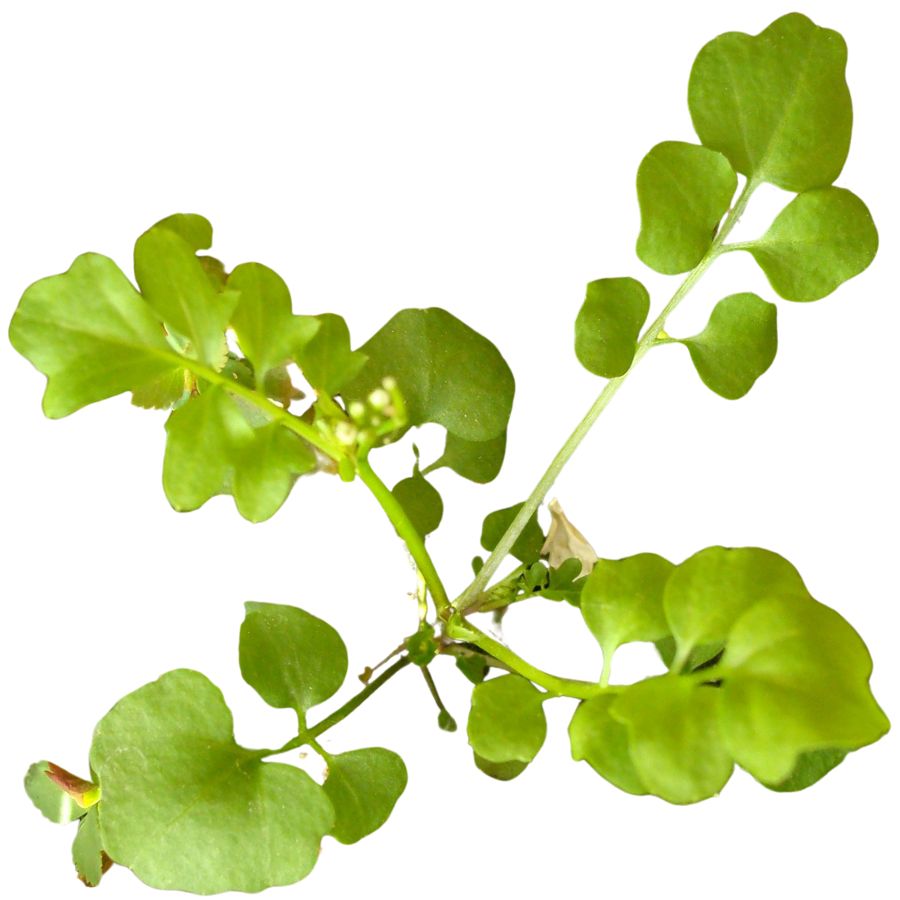
Tiny white flowers top the delicate stems of hairy bittercress, a common weed found in gardens and disturbed soil. The small, low-growing plant forms a basal rosette of compound leaves with rounded leaflets. When touched, mature seed pods explosively scatter seeds several feet away.
Hairy bittercress offers a pleasant peppery taste similar to arugula but milder. You can eat the entire plant, including leaves, stems, flowers, and seed pods. Young leaves feel tender and taste less bitter than mature ones.
People sometimes confuse this plant with shepherd’s purse, but hairy bittercress has rounder leaf segments and different seed pods. It contains rich amounts of vitamins A and C, making it nutritionally valuable despite its small size.
Foragers appreciate bittercress for its year-round availability, even in winter when other greens become scarce. The clean, spicy flavor makes it perfect for adding to salads or as a garnish.
Wild Violets (Viola spp.)
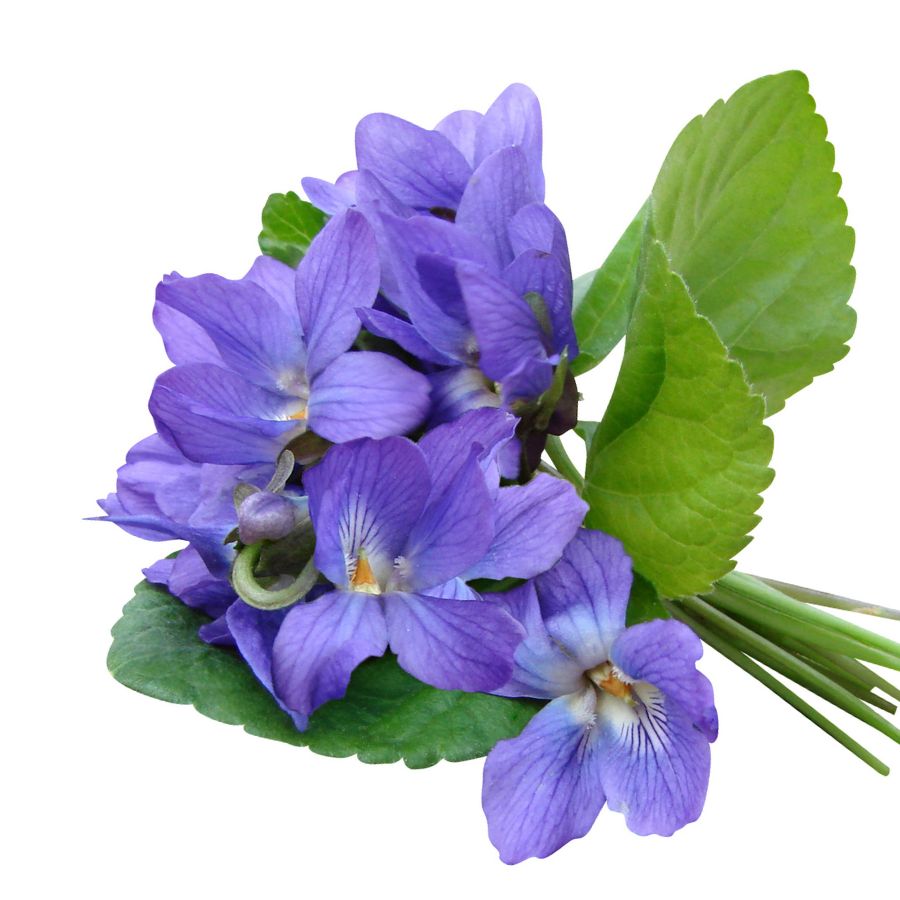
Heart-shaped leaves and delicate five-petaled flowers make wild violets instantly recognizable as they carpet forest floors and lawns in dappled shade. Their beautiful flowers may show purple, white, or yellow colors depending on the species, with some varieties offering a sweet fragrance.
You can eat both the flowers and leaves safely. Many people use the flowers as beautiful decorations for salads and desserts, while the leaves add a mild, slightly mucilaginous texture to cooked dishes.
Wild violets contain vitamin C and traditionally help with mild expectorant properties. Look out for invasive lesser celandine, which has glossier leaves and more yellow flowers, often confused with true violets.
True violets show characteristic heart-shaped leaves and unique flower structure with five petals, including a slightly bearded lower petal. They grow in small clusters rather than forming large continuous patches, helping with identification.
Burdock Root (Arctium lappa)
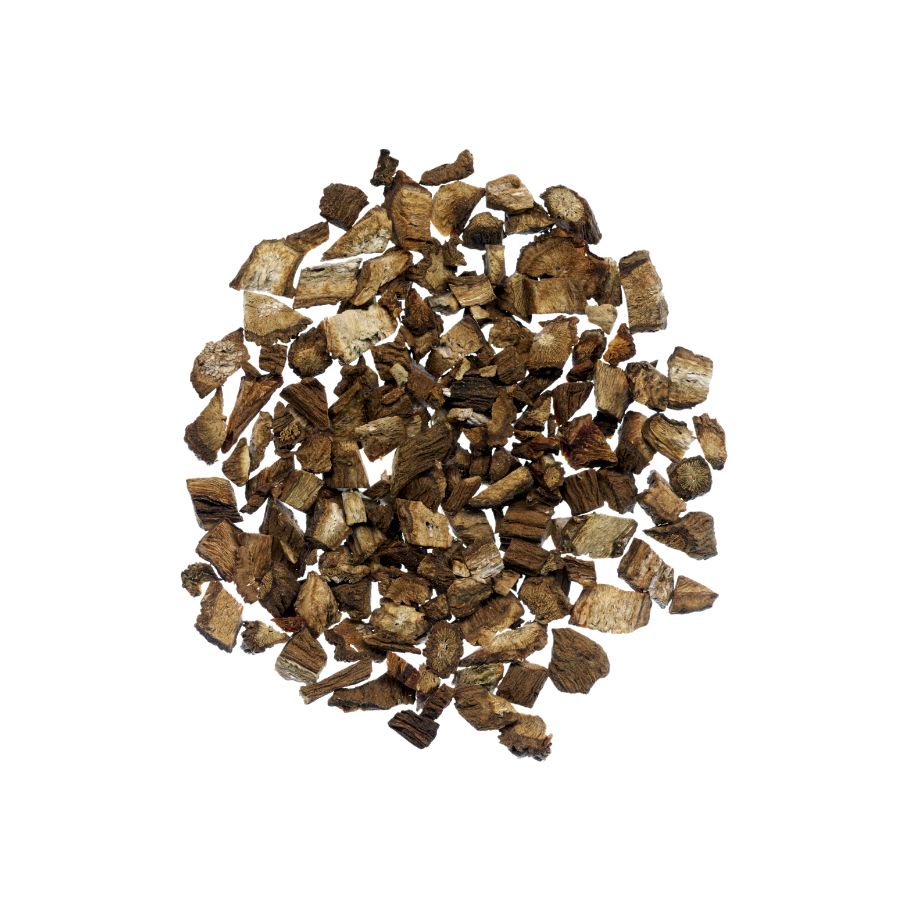
Deep in the soil, burdock develops long, slender taproots that anchor this impressive plant, sometimes extending several feet below the surface. First-year plants create a rosette of massive, wavy-edged leaves that can reach two feet in length, with a distinctly fuzzy underside.
Harvest burdock in fall of its first year or spring of its second before it produces those sticky burr-covered seed heads. The root tastes sweet and earthy, similar to artichoke hearts when cooked properly.
Identify burdock by spotting the large leaves with wavy edges and hollow leaf stalks. Beginners might confuse young plants with dangerous foxglove or toxic dock species, so careful identification matters.
Clean and peel the root thoroughly before cooking. Japanese chefs feature burdock root as “gobo,” often simmering it in soy sauce or adding it to stir-fries for its unique flavor and texture.
Sweet Fern (Comptonia peregrina)
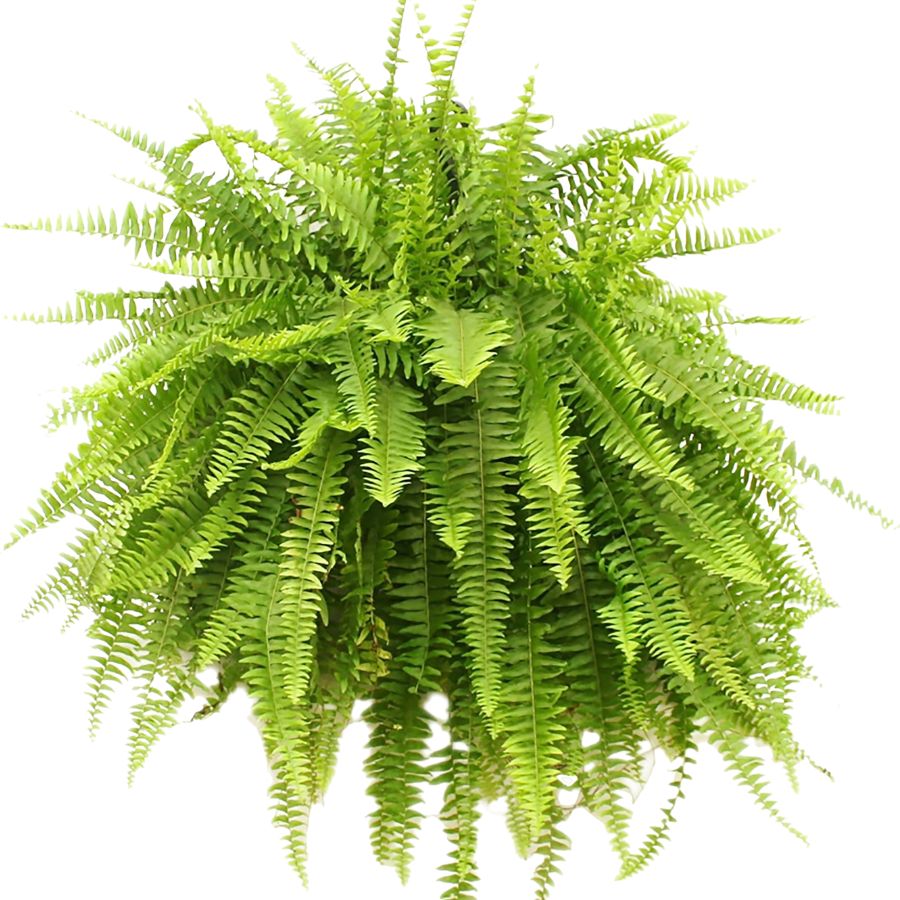
Crush the leaves of sweet fern and your hands fill with a spicy, sweet fragrance that gives this plant its common name, though it belongs to the bayberry family rather than true ferns. This low-growing woody shrub thrives where other plants fail, often colonizing poor, sandy soils.
The deeply lobed, narrow leaves grow alternately along woody stems, creating a distinctive appearance unlike most other woodland plants. After flowering, sweet fern produces small, hard nutlets hidden among the foliage.
Young leaves make a pleasantly aromatic tea high in tannins that many people enjoy. Outdoors enthusiasts value the leaves as an excellent natural insect repellent when crushed and rubbed on skin.
Many indigenous peoples traditionally applied sweet fern to treat poison ivy rash, as its compounds help neutralize urushiol oil. The unique aroma makes sweet fern unmistakable once you’ve encountered it, and fortunately, no toxic lookalikes exist.
Where to Find Valuable Forageables in the State
Some parts of the state are better than others when it comes to finding valuable wild plants and mushrooms. Here are the different places where you’re most likely to have luck:
| Plant | Locations |
|---|---|
| Jerusalem Artichoke (Helianthus tuberosus) | – Tippecanoe River State Park – Yellowwood State Forest – Mississinewa Lake woodlands |
| Black Walnuts (Juglans nigra) | – Whitewater Memorial State Park – Shades State Park – Muscatatuck County Park |
| Hickory Nuts (Carya spp.) | – Chain O’Lakes area woodlands – Charlestown State Park – Owen-Putnam State Forest |
| Pawpaw (Asimina triloba) | – Morgan-Monroe State Forest – Brown County backwoods – Blue River forest corridors |
| Persimmon (Diospyros virginiana) | – Patoka Lake region – Sugar Ridge Fish & Wildlife Area – Versailles State Park woodlands |
| Elderberries (Sambucus nigra) | – Cedar Bluffs Nature Preserve – Prophetstown State Park trails – Harrison-Crawford State Forest |
| Ramps (Allium tricoccum) | – Spring Mill State Park slopes – Lost River area woodlands – Near Yellowwood Lake trails |
| Wild Grapes (Vitis spp.) | – Brown County State Park fence lines – Prairie Creek Reservoir area – Owen County farmland edges |
| Stinging Nettle (Urtica dioica) | – Fort Harrison State Park paths – Tipton County creeks – Near Mississinewa River |
| Cattail (Typha latifolia) | – Eagle Creek Reservoir marshes – Kankakee Sands wetlands – Summit Lake State Park |
| Sweet Cicely (Myrrhis odorata) | – Martin State Forest – Shades State Park understory – Parke County shaded trails |
| Autumn Olive (Elaeagnus umbellata) | – Cedar Creek Wildlife Project – Prairie Border Nature Preserve – LaPorte County wild fields |
| Chickweed (Stellaria media) | – Brown County wood edges – Tippecanoe County trails – Jefferson Proving Ground meadows |
| Blackberries (Rubus spp.) | – Clifty Falls State Park ravines – Hardy Lake field edges – Greene-Sullivan State Forest |
| Hairy Bittercress (Cardamine hirsuta) | – Monroe County urban lots – Deam Wilderness edges – Wabash River greenways |
| Wild Violets (Viola spp.) | – Cataract Falls State Recreation Area – Lake Lemon woods – Franklin County meadows |
| Burdock Root (Arctium lappa) | – Jennings County trails – McCormick’s Creek field edges – Martin County drainage banks |
| Sweet Fern (Comptonia peregrina) | – Porter County sand ridges – Pinhook Bog vicinity – Newton County woodlands |
When to Forage for Maximum Value
Every valuable wild plant or mushroom has its season. Here’s a look at the best times for harvest:
| Plants | Valuable Parts | Best Harvest Season |
|---|---|---|
| Jerusalem Artichoke (Helianthus tuberosus) | Tubers | October – November |
| Black Walnuts (Juglans nigra) | Nuts (fallen, ripe) | September – October |
| Hickory Nuts (Carya spp.) | Nuts (ripe, shelled) | September – October |
| Pawpaw (Asimina triloba) | Ripe fruits | August – September |
| Persimmon (Diospyros virginiana) | Ripe fruits (after frost) | October – November |
| Elderberries (Sambucus nigra) | Ripe berries, flowers | Flowers: May – June, Berries: August – September |
| Ramps (Allium tricoccum) | Bulbs, leaves | Leaves: March – April, Bulbs: April – May |
| Wild Grapes (Vitis spp.) | Ripe fruits | August – September |
| Stinging Nettle (Urtica dioica) | Young leaves, stems | March – June |
| Cattail (Typha latifolia) | Young shoots, pollen, rootstocks | Shoots: April – May, Roots: October – November |
| Sweet Cicely (Myrrhis odorata) | Leaves, roots, seeds | Leaves: April – May, Seeds: June – July |
| Autumn Olive (Elaeagnus umbellata) | Ripe berries | September – October |
| Chickweed (Stellaria media) | Tender leaves, stems | March – May, September – November |
| Blackberries (Rubus spp.) | Ripe fruits | June – August |
| Hairy Bittercress (Cardamine hirsuta) | Young leaves, stems | March – May, October – November |
| Wild Violets (Viola spp.) | Flowers, young leaves | April – June |
| Burdock Root (Arctium lappa) | Roots (first-year) | October – November |
| Sweet Fern (Comptonia peregrina) | Leaves (aromatic) | June – September |
One Final Disclaimer
The information provided in this article is for general informational and educational purposes only. Foraging for wild plants and mushrooms involves inherent risks. Some wild plants and mushrooms are toxic and can be easily mistaken for edible varieties.
Before ingesting anything, it should be identified with 100% certainty as edible by someone qualified and experienced in mushroom and plant identification, such as a professional mycologist or an expert forager. Misidentification can lead to serious illness or death.
All mushrooms and plants have the potential to cause severe adverse reactions in certain individuals, even death. If you are consuming foraged items, it is crucial to cook them thoroughly and properly and only eat a small portion to test for personal tolerance. Some people may have allergies or sensitivities to specific mushrooms and plants, even if they are considered safe for others.
Foraged items should always be fully cooked with proper instructions to ensure they are safe to eat. Many wild mushrooms and plants contain toxins and compounds that can be harmful if ingested.

